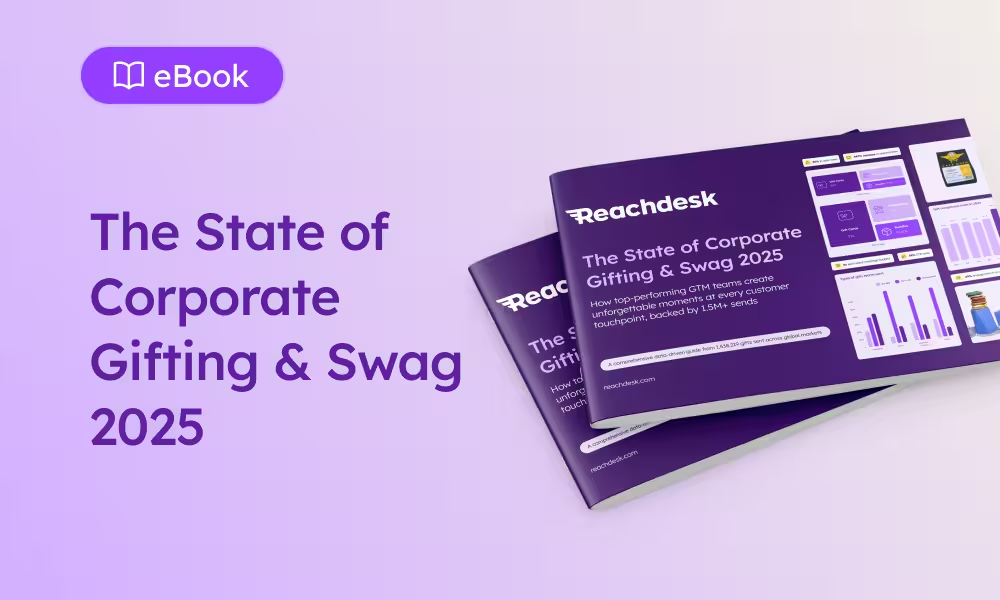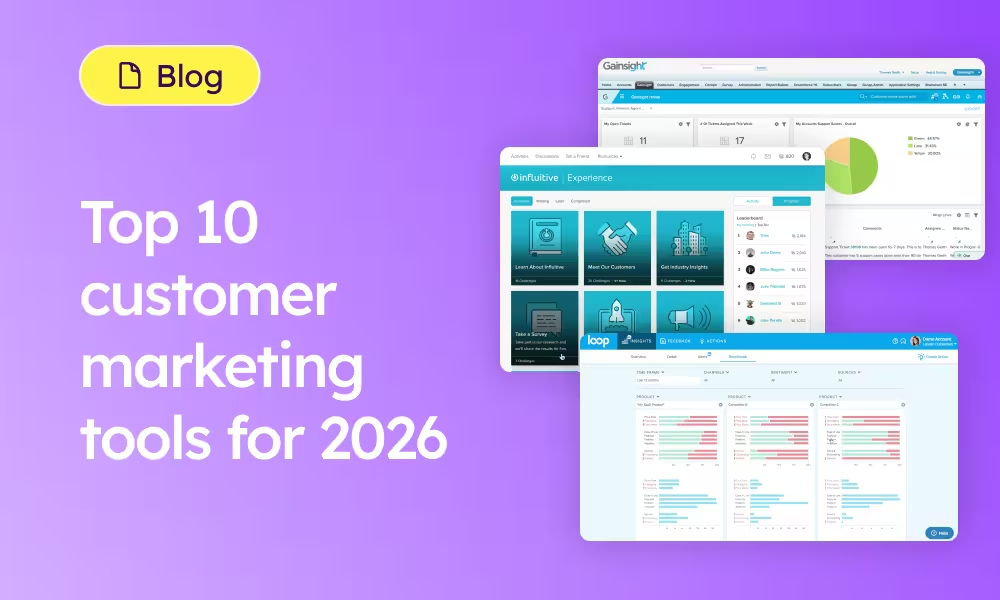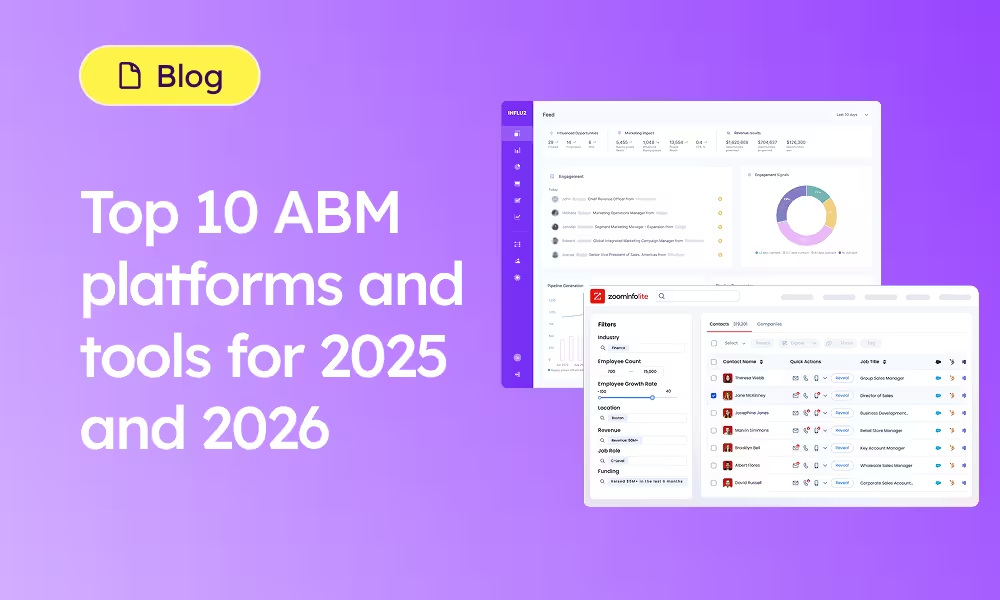One powerful platform for ROI-driven corporate gifting, swag, and engagement at scale.
I first stepped into the world of being a Business Development Representative (BDR) back in 2017, and initially, I wasn’t convinced it was the right fit for me. The role seemed like it lacked the glamour and progression I was seeking. Fast forward to today, and the B2B industry has undergone a transformative shift. The modern BDR role is now more dynamic, requiring a diverse set of skills to thrive in an environment where buyers are more informed and selective than ever.
Here are the key skills you need to excel as a BDR in a time where the buyer has all the knowledge, opportunity, and power to make quick decisions.
1. Copywriter
You already know that first impressions will mostly happen through email or other forms of digital communication, that’s why mastering the art of copywriting is crucial. Effective BDRs must craft email messages that resonate with their audience, tailoring their approach based on the recipient’s persona, industry, and current trends.
This BDR skill is more crucial than ever, since 80% of consumers agree that they're more willing to make a purchase when they're provided with a personalized experience, personalization really is key to capturing attention in crowded inboxes.
2. Social selling expertise
Today's buyers turn to social media to inform their purchasing decisions. In fact, 75% of B2B buyers and 84% of C-suite executives use social media to make purchasing decisions, so BDRs need to develop a strong personal brand on platforms like LinkedIn, sharing relevant industry insights and engaging with content that positions them as knowledgeable advisors. This approach builds trust and credibility, making prospects more likely to engage.
3. Creative problem-solving
With only 23-24% of sales emails being opened, it’s no surprise that BDRs must think outside the box to get noticed. This involves using multiple channels, from emails to sending physical corporate gifts and direct mail, and crafting personalized messages that stand out. Creativity can turn a cold prospect into a warm lead by catching their attention in unexpected ways.
Ready to start corporate gifting but not sure where to begin?
We’ve got you covered! Explore our Q1 Gifting Guide, filled with creative gift ideas, messaging tips, and campaign strategies.
4. Engaging conversation starter
Modern BDRs prioritize giving value before seeking something in return. That’s why sharing relevant content, understanding buyer challenges, and offering tailored solutions even before the first conversation can establish a foundation of trust. This means having a greater understanding of product, industry, personas, business needs, and self-awareness.
5. Challenger mindset
BDRs often engage with experienced decision-makers, requiring them to challenge traditional thinking and present new perspectives. This skill demands confidence, adaptability, and the ability to handle objections thoughtfully and knowledgeably, moving beyond scripted responses. To succeed you must think on your feet!
6. Efficient time management
Balancing various outreach activities is essential. While some BDRs may excel with high-volume approaches, others find success with more focused efforts.
For example, I recently came across a LinkedIn post about a BDR who sends 100 emails and makes 180 calls a day. While that might work well for them, it’s not a realistic approach for me. My daily focus is more balanced: I send about 30 emails, make 30 calls, and manage around 50 enrolled contacts at any given time. On top of that, I attend events twice a week, coordinate direct mail campaigns, and create video content.
That’s why identifying personal productivity patterns and optimizing daily routines helps BDRs like you maintain efficiency without burnout.
7. Continuous learning
The landscape of sales is ever-evolving, necessitating a commitment to continuous learning, sharing, and personally developing our skills. BDRs should actively seek knowledge through industry events, webinars, peer interactions, and thought leadership content, keeping their skills sharp and strategies fresh.
It isn’t enough to leave it to management to drip-feed information–we have to be proactive and motivated to always do better.
8. Marketing collaboration
We don’t just sell anymore. Effective BDRs often work closely with marketing teams to align messaging and take advantage of buyer intent data. Understanding marketing fundamentals like digital campaigns, content creation, and analytics can enhance outreach effectiveness, making the BDR’s role more holistic and integrated.
9. Opportunity identifier
BDRs have the chance to expand their roles beyond traditional boundaries. Engaging in public speaking, content creation, and client interactions can provide valuable exposure and experience, opening pathways to career growth and new opportunities.
10. Channel diversification
Just like fashion, B2B trends come and go. Who knew wide-leg pants would make a comeback so soon? The same goes for outreach—modern BDRs aren’t limited to emails and calls anymore.
From personalized corporate gifts and direct mail to videos, social media, and events, there are countless ways to boost visibility and responses. In this competitive space, innovation is key—find what works for you and your customers, and make it count!
3 outreach tips for business development representatives
Today standing out requires a mix of creativity, personalization, and strategic thinking. Here are three practical outreach tips to help Business Development Representatives capture attention and drive engagement.
1. Personalize every interaction
Remember, 80% of consumers are more likely to buy a product from a brand that provides personalized experiences. That’s why personalization increases engagement.
Make sure to incorporate specific details about your prospect’s role, company, and even personal interests to make your outreach communications more relevant and impactful.
2. Use corporate gifting and direct mail for surprise and delight
Not only does everyone enjoy receiving corporate gifts, but the results of using corporate gifting and direct mail as part of your outreach strategy speak for themselves. To kick off your gifting efforts, try sending a prospect a personalized bottle of champagne or a box of cupcakes with a picture of their face printed on the icing – it's sweet, cheeky, and is guaranteed to raise a smile as well as increase your response rates.
3. Don't sell, tell stories
Instead of hard selling, Use your ideal customer profile to craft stories that speak to their pain points and help them see the need for your product or service. Position prospects as characters and use content such as case studies, eBooks and whitepapers to show how you can help them find specific solutions for their problems.
The modern BDR stands for Bold, Dynamic, and Resourceful
Gone are the days of sticking to just emails and calls—today's BDR thrives by embracing creativity, strategic thinking, and adaptability. By leaning into these qualities, you can elevate your outreach game and make your role more impactful and rewarding.
What does being bold, dynamic, and resourceful look like for you? Share your strategies and success stories as a modern BDR!






.jpeg)



